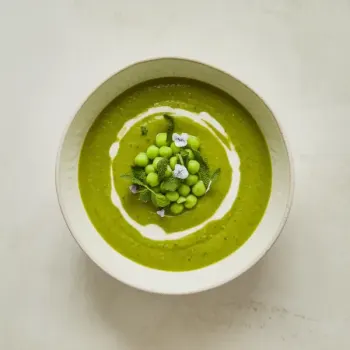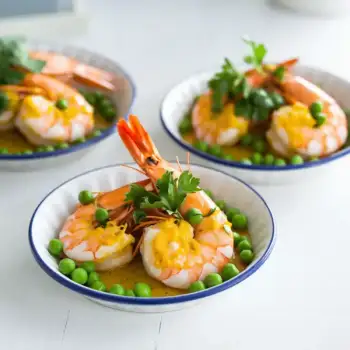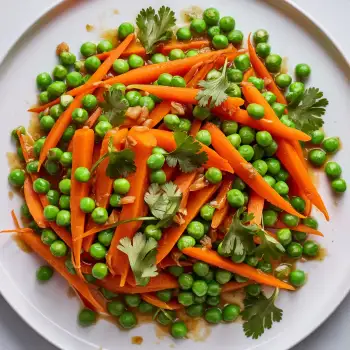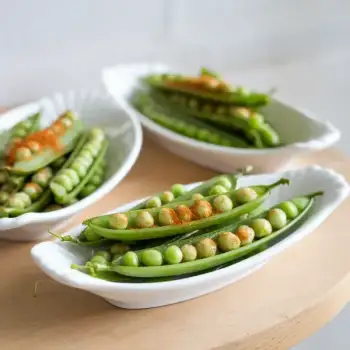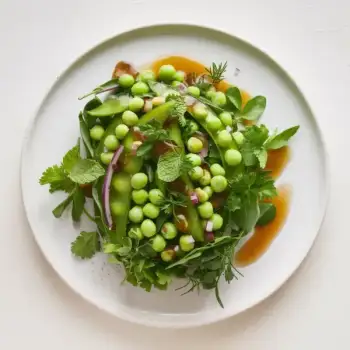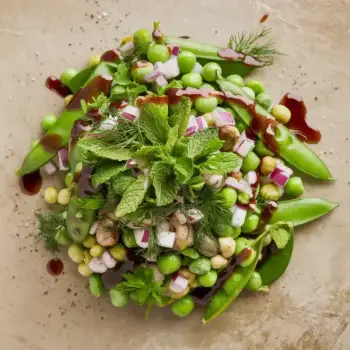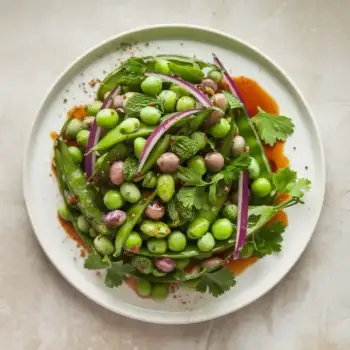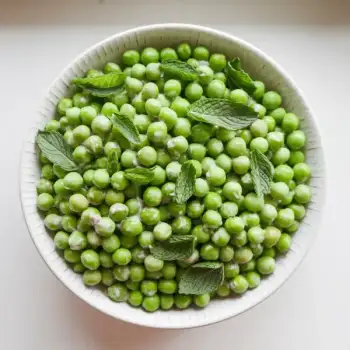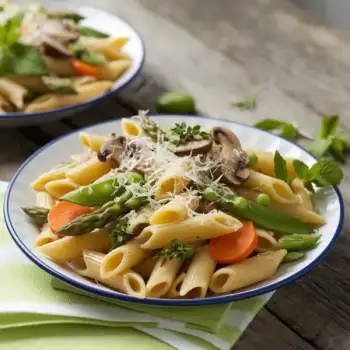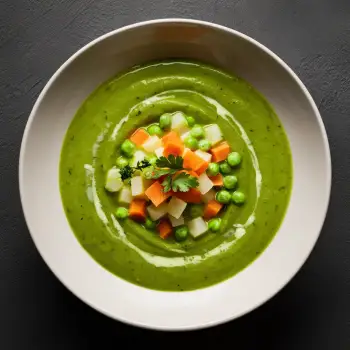


Dried
Peas that have been dried and split, commonly used in soups and stews.
Canned
Peas preserved in a can, usually with added salt and preservatives.
Frozen
Peas that have been blanched and frozen, retaining most of their nutrients and flavor.
Jarred
Peas preserved in a jar, either whole or pureed, offering convenience and a longer shelf life.
Pureed
Peas blended into a smooth paste, used in soups, sauces, or baby food.
Fresh Peas
Whole, unprocessed peas, ideal for cooking or eating raw in salads.




dried peas: Bob's Red Mill
fresh peas: Local farmers markets or organic sections in grocery stores often have the best quality fresh peas
canned peas: Del Monte
frozen peas: Birds Eye

Boiling: This is a common method for cooking peas. Simply add peas to boiling water and cook for 1-2 minutes for fresh peas, or until heated through for frozen peas. Drain and season to taste.
Steaming: Steaming is another great way to cook peas while preserving their color and nutrients. Place peas in a steamer basket over boiling water and steam for 2-3 minutes for fresh peas, or until heated through for frozen peas.
Sautéing: Peas can also be sautéed in a bit of butter or oil. This method brings out their natural sweetness and can be enhanced with the addition of herbs or spices.




